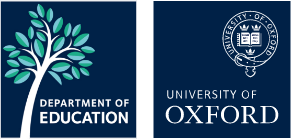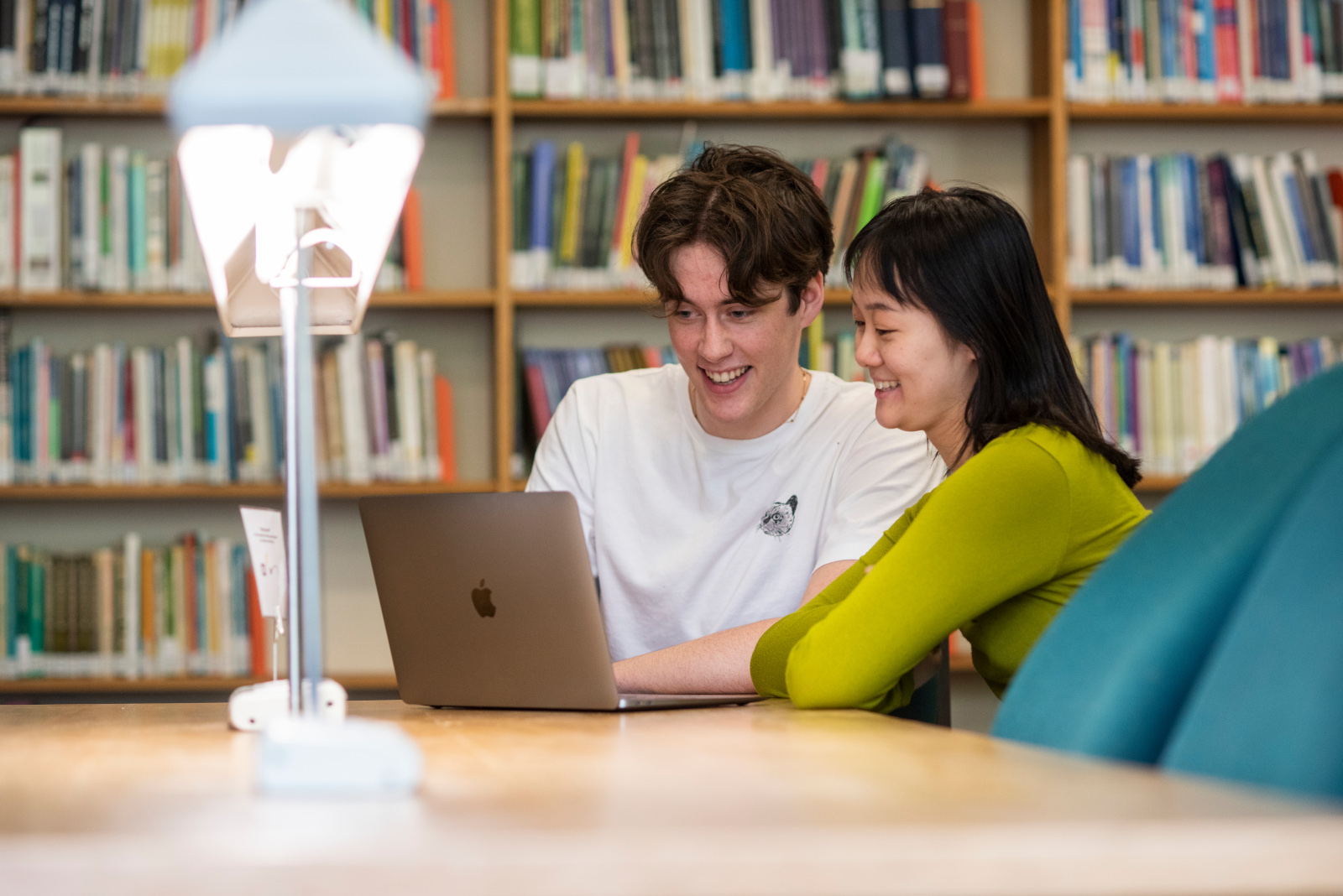Orthographic transparency, language impairment and creative thinking
Export to calendarBio
In this talk, three sets of experiments will be discussed.
Firstly, I will present a study that focus on word learning in English, German, Italian and Spanish. English has an opaque orthography. Its’ words are notoriously inconsistent in their spelling-sound correspondences. Other languages (including German, Italian and Spanish) have much more consistent spelling-sound correspondence. In line with the grain size theory of Ziegler et al. (2001), results of the study showed that lower-level units play a role in the conversion of orthography to phonology in transparent orthographies at a point where readers of English have largely switched to large-scale (lexical) units. The second study focused on UKBTAT which is a bilingual language assessment tool can help practitioners to identify whether any 2-year-old bilingual children in the UK have the potential to have language delay. The assessment was based on the database from 372 24-month-old toddlers learning British English and one Additional Language out of a diverse set of 13 (Bengali, Cantonese, Dutch, French, German, Greek, Hindi-Urdu, Italian, Mandarin, Polish, Portuguese, Spanish and Welsh). Finally, I will discuss the result of the project that investigate creative thinking skills in children with dyslexia.





